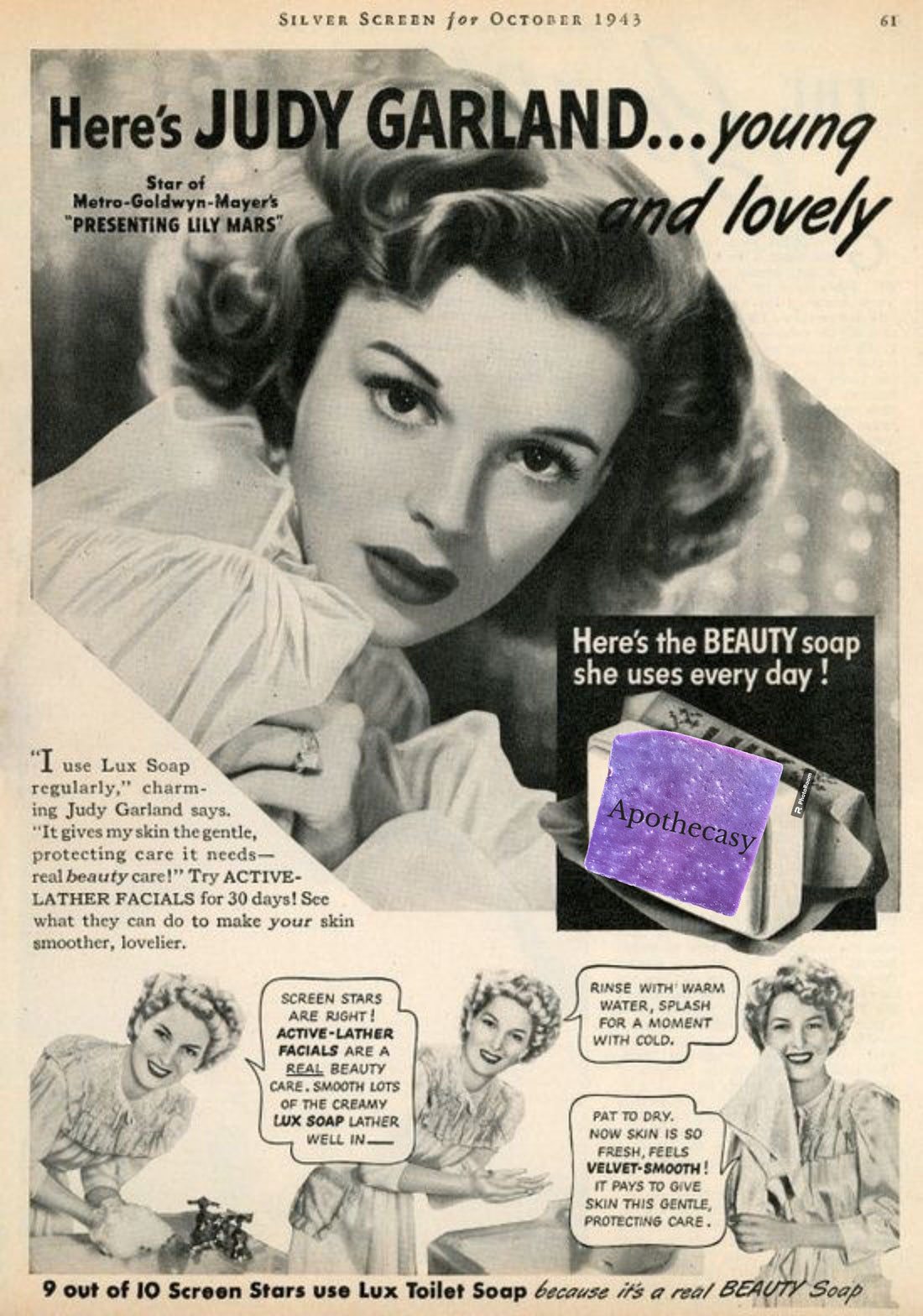
🌟 Reviving the Traditional Craft of Soap Making 🌟
Share
🧼🌿🌍
📣 Calling all soap enthusiasts! Get ready to dive into the captivating world of soap making, a traditional craft that is experiencing a well-deserved revival. In this blog post, we'll take you on a journey through the rich history of soap making, explore the benefits of handmade soap, and provide you with essential tips and tricks to get started on your own soap-making adventure. So, grab your goggles and gloves, and let's embark on this exciting journey together! 💫
🌟 Ancient Origins: From Babylonians to Romans 🌟
🏺 Soap making has been around for centuries, with ancient civilizations like the Babylonians, Egyptians, and Romans recognizing the importance of cleanliness and personal hygiene. The Babylonians mixed animal fats with ashes, while the Egyptians used a combination of vegetable and animal oils with alkaline salts to create soap-like substances. The Romans even discovered that adding urine to their soap mixture enhanced its cleaning properties. Talk about innovation! 🚿
🌿 The Benefits of Handmade Soap 🌿
🌱 Unlike commercial soaps that are often loaded with harsh chemicals and synthetic fragrances, handmade soaps are crafted with natural oils, botanicals, and essential oils. These ingredients not only cleanse the skin but also provide additional benefits such as moisturizing and nourishing properties. Plus, handmade soaps are gentle on the skin, reducing the risk of irritations and allergies. Say goodbye to dry, irritated skin and hello to a softer, smoother complexion! 😍
🌍 Environmental Impact: Choosing Sustainability 🌍
🌿 In a world where sustainability is becoming increasingly important, handmade soap makers are leading the way. Commercial soap production often involves harmful practices like deforestation and pollution. On the other hand, artisanal soap makers prioritize sustainability by using organic and ethically sourced ingredients and opting for eco-friendly packaging materials. By choosing handmade soap, you're not only taking care of your skin but also the planet. It's a win-win! 🌎
🧪 Getting Started: Essential Equipment and Ingredients 🧪
🧤 Safety first! Before diving into soap making, make sure you have the necessary protective gear, including gloves and goggles. You'll also need a heat-resistant container for mixing your soap ingredients, a thermometer to monitor the temperature, and a stick blender to ensure proper emulsification. Don't forget molds for shaping your soap and a scale for accurate measurements. As for ingredients, choose the right oils and additives to create your desired soap formulation. Let the experimentation begin! 🔬
🔬 The Soap Making Process 🔬
🔥 Now that you have your equipment and ingredients ready, let's dive into the soap making process. While specific recipes may vary, the general steps remain the same. First, measure and melt your oils and fats. Slowly add the lye, stirring continuously. This chemical reaction, known as saponification, transforms oils and lye into soap. Keep an eye on the temperature and ensure it stays within the desired range. Once the mixture reaches trace, add any additional ingredients like fragrances or colorants. Pour the soap into molds and allow it to cool and harden. Patience is key! ⏳
🎨 Customizing Your Soap 🎨
🌸 One of the most exciting aspects of soap making is the ability to customize your creations. Once you've mastered the basic techniques, let your creativity shine! Incorporate herbs, botanicals, or even dried citrus peels to add fragrance and texture to your soap. Experiment with different molds to create unique shapes and patterns. The possibilities are endless, and your handmade soaps will truly be one-of-a-kind. Get ready to impress your friends and family with your artistic soap creations! 🎭
🔍 Troubleshooting and FAQs 🔍
❓ As with any craft, soap making can come with its challenges. If you encounter lye-related problems or issues with uneven saponification, fear not! There are resources and online communities available to help troubleshoot and provide guidance. Additionally, preventing soap spoilage and addressing common questions are essential for beginners. By storing your soaps properly and providing informative product descriptions, you'll ensure your handmade creations last and your customers are well-informed. Knowledge is power! 💪
📈 Exploring Soap Making as a Business 📈
💼 If your passion for soap making has blossomed into a business idea, it's time to take the next steps. Marketing your handmade soaps is crucial for reaching potential customers. Utilize social media platforms, participate in local craft fairs, and collaborate with other artisans to create awareness and generate interest in your products. Setting up an online store is also essential, providing a convenient way for customers to browse and purchase your handmade soaps. Remember to research local regulations, obtain necessary licenses, and properly label your products to ensure compliance and protect your business. Success awaits! 💫
🌟 Conclusion: Embrace the Art of Soap Making 🌟
🧼🌿🌍
🎉 Congratulations! You've embarked on a journey into the captivating world of soap making. From ancient origins to the benefits of handmade soap, you've learned the essentials to create beautiful, skin-friendly soaps. Whether you're a hobbyist seeking a creative outlet or an aspiring entrepreneur looking to start your own soap-making business, the possibilities are endless. So, gather your ingredients, unleash your creativity, and let the art of soap making bring joy and fulfillment to your life. Happy soap making! 🌟
🌟 Visit our website, Apothecasy, to explore our range of handmade soaps and support our small women-owned and operated business. Together, let's spread positivity, success, and happiness! 🌟
🌟 Company URL: www.Apothecasy.com 🌟
